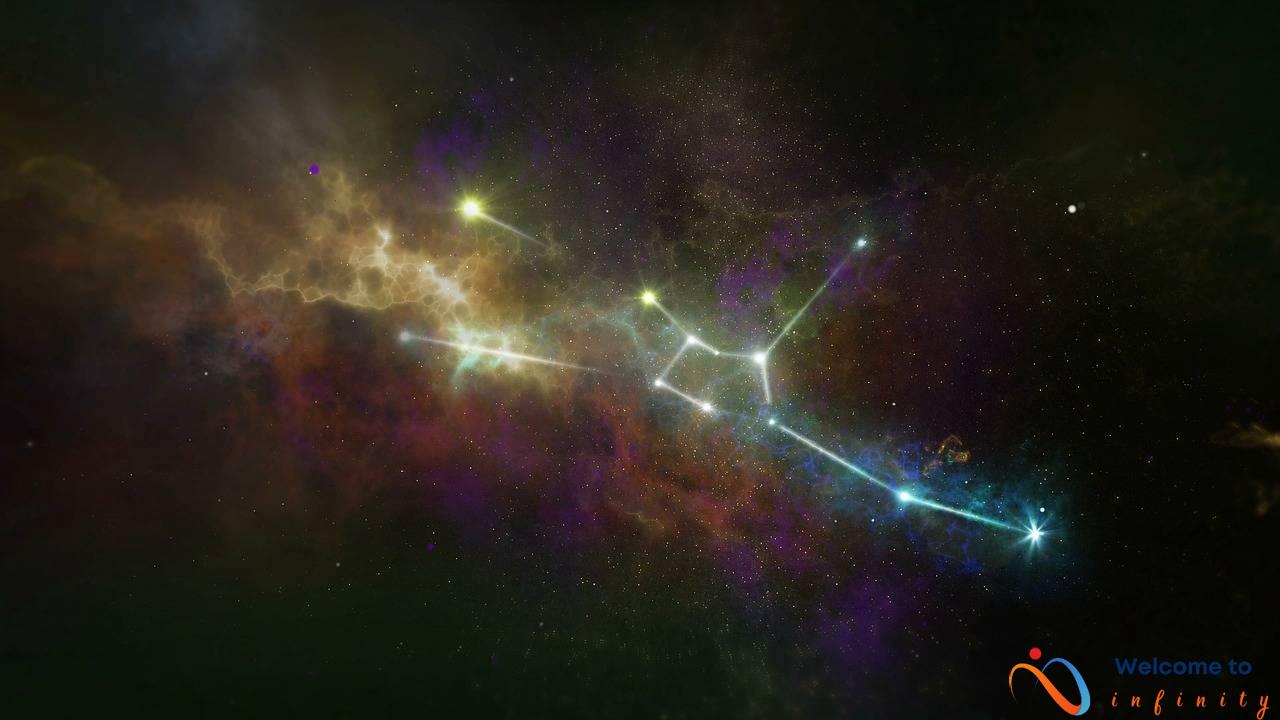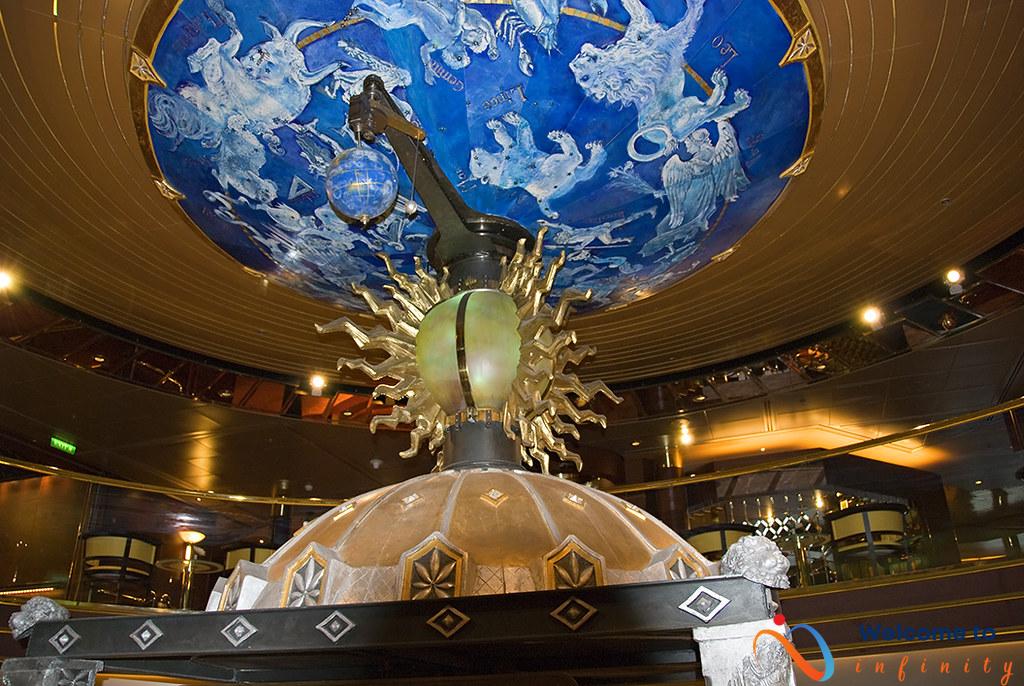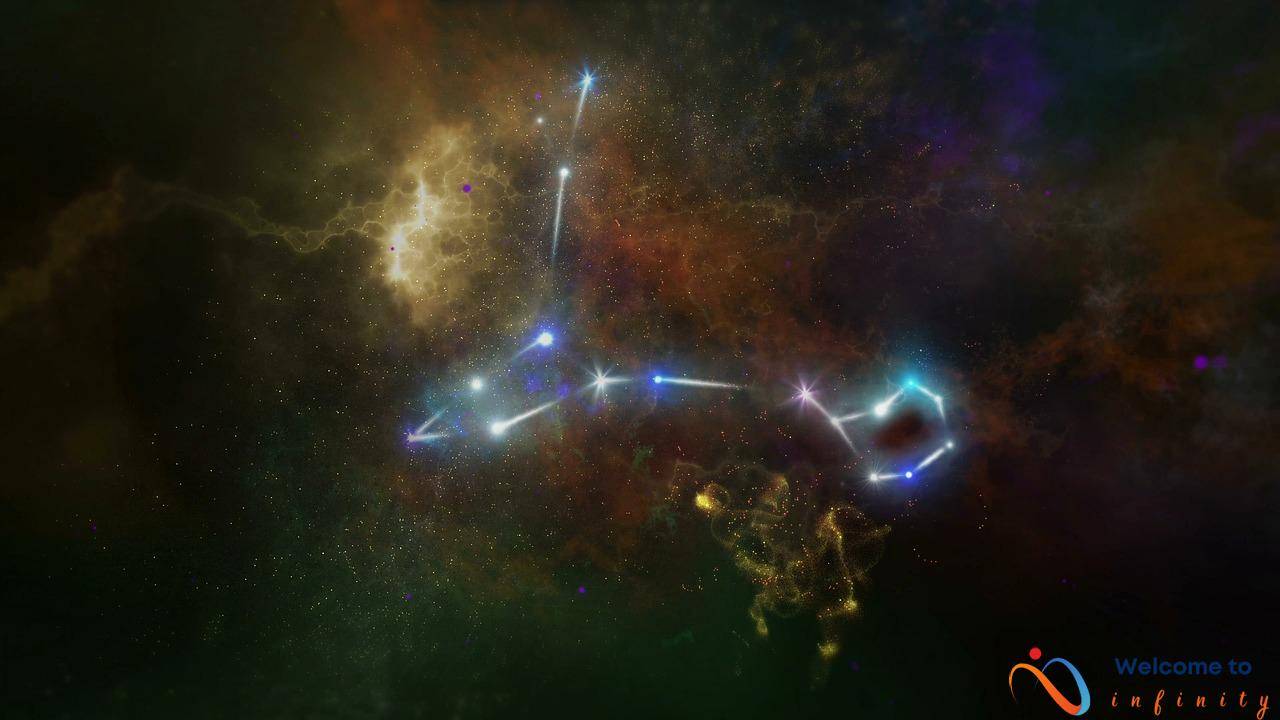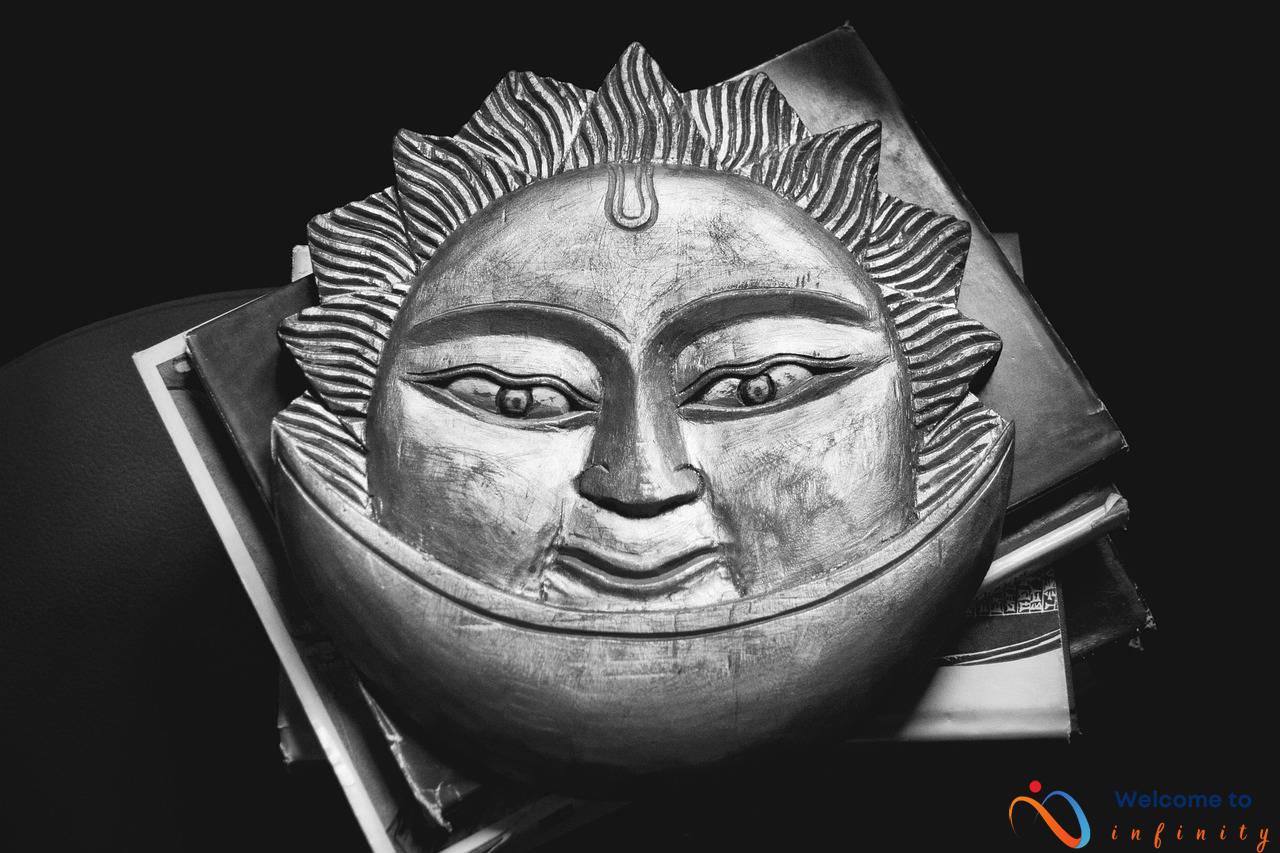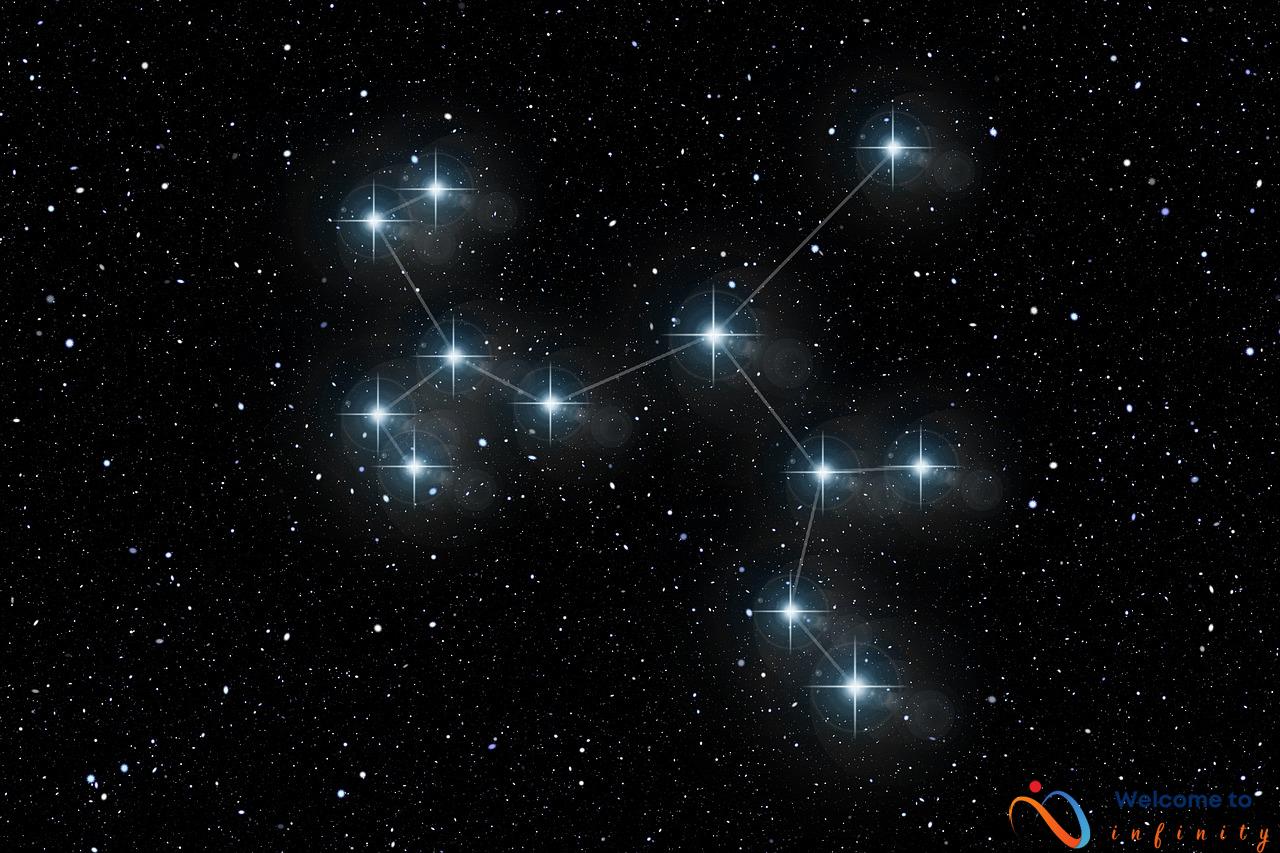When it comes to understanding planets, their size and mass play a crucial role in determining their characteristics. A planet's size refers to the physical dimensions of the object, while its mass is a measure of the amount of matter it contains.
For terrestrial planets like Earth, Mars, Venus, and Mercury, their small size and rocky composition give them a greater density than the gas giants of our solar system. This means that they have a solid surface and are often characterized by extreme temperatures and weather patterns.
On the other hand, the gas giants Jupiter and Saturn, as well as the ice giants uranus and Neptune, are much larger and less dense than their terrestrial counterparts. Composed mainly of gas, these planets have no solid surface and are often characterized by intense storms and weather patterns.
When it comes to understanding moons and other planets outside our solar system, astronomers use a variety of methods to determine their size and mass. The transit method involves measuring changes in starlight as a planet moves across the surface of its star, while the radial velocity method involves measuring changes in the star's movement caused by the planet's gravity. Direct imaging allows telescopes to capture an image of a planet and study its size and color, but not its mass.
Terrestrial Planets
Terrestrial planets, also known as the rocky planets, are the four planets that are closest to the Sun: Mercury, Venus, Earth, and Mars. These planets are made up of mostly rock and metal and have a solid surface. They are smaller in size and have a higher density compared to gas giants.
Mercury is the smallest planet in our solar system with a diameter of 4,880 km and a mass of 0.33 times that of Earth. Venus, sometimes referred to as Earth's twin, is similar in size and mass to our planet with a diameter of 12,104 km and a mass of 0.82 that of Earth. Earth has a diameter of 12,742 km and a mass of 1.00, making it the largest and most massive of the terrestrial planets. Mars, the red planet, has a diameter of 6,779 km and a mass of 0.11 that of Earth.
The measurement of these planets' size and mass is crucial to understand their characteristics. One method used to determine the size and mass of terrestrial planets is through the use of radar. Radar emits beams that bounce off planetary features, allowing scientists to track the planet's movement accurately.
- Mercury's size and mass have been measured using radar, as it is difficult to observe with telescopes because of its proximity to the Sun.
- Scientists use the transit method, which involves observing a planet passing in front of a star, to measure Venus' size and mass.
- Earth's size and mass have been determined through seismic studies and satellite analysis.
- Mars' size and mass have been measured using Doppler effect techniques, which track the planet's movement and subtle changes in its gravitational pull.
Understanding the size and mass of these rocky planets helps us to comprehend their geological features, atmospheres, and potential habitability for life.
Giant Planets
Giant planets are massive planets made mostly of gases and liquids. Jupiter and Saturn are the gas giants, while Uranus and Neptune are the ice giants. The size and mass of these planets can tell us a lot about their composition and behavior.
Jupiter is the largest planet in our solar system, with a mass of 1.898 x 10^27 kg and a diameter of 139,822 km. It is composed mostly of hydrogen and helium gas, with small amounts of other gases and heavy elements. Saturn is the second-largest planet, with a mass of 5.6846 x 10^26 kg and a diameter of 116,460 km. Like Jupiter, it is mostly composed of hydrogen and helium gas.
Uranus and Neptune, on the other hand, are smaller than Jupiter and Saturn but still much larger than Earth. Uranus has a mass of 8.681 x 10^25 kg and a diameter of 50,724 km, while Neptune has a mass of 1.0243 x 10^26 kg and a diameter of 49,244 km. Both Uranus and Neptune are made mostly of water, methane, and ammonia ice, with a small rocky core.
The sizes and masses of these giant planets can help us understand how they formed and evolved. For example, Jupiter's large size and strong gravitational pull have a significant impact on the rest of our solar system. It helps to capture asteroids and comets and may have played a role in the formation of the outer planets.
Comparing the sizes and masses of these planets can also tell us about their atmospheres and compositions. For example, Uranus and Neptune are much more similar in size and mass than Jupiter and Saturn, even though they are classified as different types of giant planets. This similarity suggests that they share a common origin and may have formed at a different location in our solar system.
- Jupiter: Mass – 1.898 x 10^27 kg, Diameter – 139,822 km
- Saturn: Mass – 5.6846 x 10^26 kg, Diameter – 116,460 km
- Uranus: Mass – 8.681 x 10^25 kg, Diameter – 50,724 km
- Neptune: Mass – 1.0243 x 10^26 kg, Diameter – 49,244 km
The study of giant planets is important for understanding our own solar system as well as planets beyond our system. With the help of new technologies, astronomers are able to study exoplanets and determine their sizes and masses using various methods such as the transit method, radial velocity method, and direct imaging.
Moons of Giant Planets
The moons of giant planets, such as Jupiter and Saturn, are important in helping us understand the characteristics of their parent planets. The size and mass of moons are related to their parent planets, which can help us infer information about the planet's density, composition, and even its birth process.
Jupiter, the largest planet in our solar system, has 79 moons. The four largest moons, known as the Galilean moons, are Ganymede, Callisto, Io, and Europa. Ganymede is the largest moon in our solar system and is even larger than the planet Mercury. Io is the most geologically active object in our solar system, with numerous volcanic eruptions, while Europa is believed to have a subsurface ocean beneath its icy crust. By comparing the sizes and masses of these moons, astronomers can determine the characteristics of Jupiter more accurately.
Similarly, the moons of Saturn also provide insight into the planet's characteristics. Saturn has 82 moons, including its largest moon Titan, which is the second-largest moon in our solar system. Titan has a thick atmosphere that is primarily composed of nitrogen, and it even has liquid lakes on its surface. By studying the sizes and masses of the moons, astronomers can better understand the composition and structure of Saturn.
In addition to the moons of Jupiter and Saturn, the ice giants Uranus and Neptune also have numerous moons. However, many of these moons are much smaller and harder to study. Nevertheless, by analyzing the sizes and masses of their moons, astronomers can infer information about the ice giants' characteristics and formation processes.
The relationship between the sizes and masses of moons and their parent planets can also be compared to our own Moon and its relationship to Earth. The Moon is much smaller than Earth, with only about a quarter of its diameter and 1/81 of its mass. However, studying the Moon has provided valuable information about the formation and evolution of our planet.
Overall, the sizes and masses of moons are crucial in determining the characteristics of their parent planets. Through careful analysis and comparison, astronomers can learn more about the structure, composition, and formation processes of giant planets and their moons.
Evidence from Jupiter's and Saturn's moons
The four largest moons of Jupiter, called the Galilean moons, and Saturn's largest moon, Titan, provide critical insight into the characteristics of these giant planets. The Galilean moons- Io, Europa, Ganymede, and Callisto – vary in size and mass, with Ganymede being the largest moon in the solar system. Io, the closest moon to Jupiter, is the most volcanically active body in the solar system and has a surface covered in sulfur and other compounds. This high level of activity is due to tidal forces caused by Jupiter's immense gravity.
Europa has a water-ice crust that covers a subsurface ocean, making it a candidate for harboring extraterrestrial life. Ganymede and Callisto are heavily cratered, with evidence of ice or water beneath their surfaces. Their size and composition suggest that they formed around the same time as Jupiter, and their differing environments provide insight into Jupiter's early history.
Titan is Saturn's largest moon and the second-largest moon in the solar system. It is the only moon with a significant atmosphere, which is primarily composed of nitrogen and methane. Titan has seas and lakes of liquid methane and ethane, as well as sand dunes. Its size and composition are similar to those of the gas giants Uranus and Neptune, suggesting that it may have formed elsewhere and was captured by Saturn's gravity.
Overall, the size and mass measurements of these moons provide clues about their parent planets' formation and evolution. This information can help astronomers better understand the processes that shape our solar system and others like it.
Comparison with Earth's Moon
The Moon is Earth's only natural satellite and the fifth largest satellite in our solar system. It has a diameter of 3,474 kilometers and a mass of 7.342 x 10^22 kilograms. When compared to other moons in our solar system, these measurements are relatively large.
Jupiter has the largest number of moons in our solar system, with over 80 currently identified. Its four largest moons, known as the Galilean moons, are all larger than Earth's Moon and two of them, Ganymede and Callisto, are larger than the planet Mercury. Saturn, Uranus, and Neptune also have numerous moons, with some of them being larger than Earth's Moon, such as Saturn's moon Titan.
When comparing the mass of Earth's Moon to the moons of other planets, it is also relatively large. In fact, Earth's Moon is larger than any other moon in our solar system proportionate to its parent planet. This means that it has a greater impact on Earth's tides and rotation than other moons have on their respective planets.
It is also worth noting that the Moon's size and mass play an important role in its relationship with Earth. Without its relatively large size, the Moon may not have been able to stabilize Earth's axis, resulting in a less stable climate and potentially affecting the evolution of life on Earth. The Moon's gravitational pull also plays a role in keeping Earth's orbit around the Sun relatively stable.
- Earth's Moon has a diameter of 3,474 kilometers and a mass of 7.342 x 10^22 kilograms.
- Jupiter's largest moons are all larger than Earth's Moon, with Ganymede and Callisto being larger than the planet Mercury.
- Saturn, Uranus, and Neptune also have numerous moons, with some of them being larger than Earth's Moon, such as Saturn's moon Titan.
Overall, while Earth's Moon may not be the largest in our solar system, its size and mass are still relatively significant and play important roles in the relationship between Earth and the Moon as well as the stability of our solar system.
Exoplanets
Exoplanets, or planets outside our solar system, come in a wide range of sizes and masses. But how do astronomers determine their measurements when they're so far away? There are several methods used to find the size and mass of exoplanets.
One popular method is the transit method. Astronomers observe a star when a planet passes in front of it, causing a dip in the amount of light emitted. By measuring the depth and duration of the dip, scientists can estimate the size of the planet. Additionally, they can use the star's brightness to determine the planet's distance from the star and its temperature.
The radial velocity method measures the gravitational pull of a planet on its star. As a planet orbits, it causes the star to wobble slightly. By analyzing the star's spectral lines, astronomers can detect the Doppler shift caused by the wobble. The amplitude and period of this shift allow for the estimation of the planet's mass.
Direct imaging is used to capture a picture of an exoplanet. While this method captures the planet's size and color, it cannot determine its mass. Direct imaging is difficult because the planet must be far enough away from its star to avoid being overwhelmed by the star's brightness but close enough to be detected by a telescope. Additionally, the planet needs to have a bright and distinct infrared signal.
Overall, a combination of these methods is used to determine the size and mass of exoplanets. Each method helps to provide more information on the planet's characteristics and environment, contributing to our understanding of the vast universe beyond our solar system.
Transit Method
The Transit Method is a technique used by astronomers to determine the size and mass of planets beyond our solar system. This method involves observing a star and looking for a decrease in its brightness as a planet passes in front of it, blocking some of the star's light. The amount of light that is blocked can be used to calculate the planet's size.
Additionally, the time it takes for the planet to complete a transit can be used to determine its distance from the star, which can then be used to calculate the planet's mass. The amount of gravitational force between the star and the planet determines the duration of the transit, with larger planets producing longer transits than smaller planets.
This method gives astronomers an excellent way to determine the size and mass of planets that are very far away and difficult to observe directly. With this information, they can better understand the characteristics of exoplanets and begin to develop a more complete picture of the universe around us.
In some cases, the Transit Method can also reveal additional data about exoplanets. For instance, by analyzing how the brightness of a star changes during a transit, astronomers can determine if the planet has an atmosphere. This can provide more insights into the planet's composition and how it may have formed.
The Transit Method has become one of the most important tools for learning about exoplanets and has revolutionized our understanding of the universe. By using this technique as well as other methods such as the Radial Velocity Method and Direct Imaging, astronomers are now able to study and classify planets based on their size, mass, and other characteristics.
Radial Velocity Method
The radial velocity method is one of the most commonly used techniques for determining the size and mass of exoplanets. This method is based on the fact that a planet's gravitational pull affects the movement of its parent star. When a planet orbits a star, it causes the star to wobble slightly, and this wobbling can be detected through changes in the star's radial velocity.
By analyzing the star's spectrum, astronomers can measure these small changes in radial velocity. As a planet orbits its star, its gravitational pull causes the star to move toward and away from us, leading to periodic Doppler shifts in its spectrum. These shifts allow scientists to calculate the planet's mass, as well as its orbital period and distance from the star.
However, the radial velocity method is limited by its sensitivity to the orientation of the planet's orbit. If a planet is orbiting in a plane perpendicular to our line of sight, its gravitational pull on the star will be too small to detect. This means that the radial velocity technique is biased towards finding planets with orbits that are aligned with our line of sight.
Despite its limitations, the radial velocity method has been incredibly successful in identifying and characterizing exoplanets. It has been used to discover many of the first exoplanets ever detected, including the famous exoplanet 51 Pegasi b, and continues to be a valuable tool for exoplanet research.
Direct Imaging
Direct imaging is a method used by astronomers to study planets outside of our solar system. This technique involves using telescopes to capture an image of a planet directly. Direct imaging allows us to see what the planet looks like, including its size, color, and atmospheric composition. However, this method does not provide information about the planet's mass.
To capture an image using direct imaging, astronomers use a high-resolution telescope that can detect light emitted or reflected by the planet. This light is then analyzed to determine the color and spectral signature of the planet. By studying the light reflected from the planet, astronomers can learn about the chemical composition of its atmosphere.
One challenge with direct imaging is that planets are often very faint and located close to their parent star. This makes it difficult to distinguish the light emitted by the planet from the much brighter light of the star. To overcome this issue, astronomers use adaptive optics and advanced imaging techniques to minimize the star's brightness and enhance the planet's image.
Direct imaging has allowed astronomers to discover and study many new exoplanets. Some of the exoplanets discovered using this method are very similar in size and color to Jupiter, while others resemble smaller, rocky planets like Earth. The discovery of these exoplanets has expanded our understanding of the diversity of planetary systems in our galaxy.






